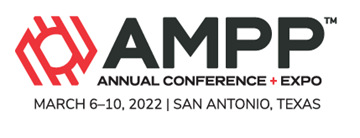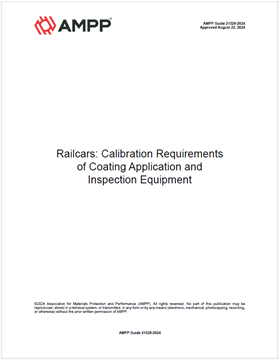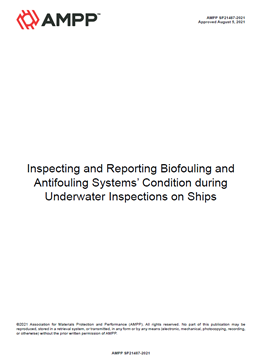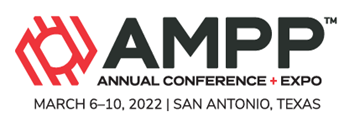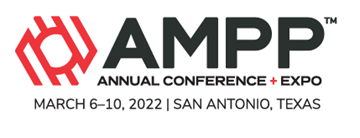Search
Products tagged with 'inspection'
View as
Sort by
Display
per page
Advancement in Asset Integrity Management through Digitalized Eddy Current Testing Technology for Corrosion Cracking Inspections
Product Number:
51323-19049-SG
Publication Date:
2023
$20.00
Advances In Digital Twin And AI To Predict And Manage External Corrosion - A Smart Tool For Decision Makers
Product Number:
51322-17991-SG
Publication Date:
2022
$20.00
Advances In Digital Twin And AI To Predict And Manage External Corrosion - A Smart Tool For Decision Makers
Product Number:
51322-17992-SG
Publication Date:
2022
$20.00
Alleviating Stray Current Concerns “Our Infrastructure is Corroding!”
Product Number:
51323-19233-SG
Publication Date:
2023
$20.00
AMPP Guide 21529-2024, Railcars: Calibration Requirements of Coating Application and Inspection Equipment
Product Number:
AMPP Guide 21529-2024
Publication Date:
2024
$109.00
AMPP SP21487-2021, Inspecting and Reporting Biofouling and Antifouling Systems’ Condition during Underwater Inspections on Ships
Product Number:
AMPP SP21487-2021
Publication Date:
2021
$109.00
Analytical Method to Detect and Remediate Zinc Contamination of Austenitic Stainless Steels to avoid Liquid Metal Embrittlement
Product Number:
51323-18999-SG
Publication Date:
2023
$20.00
Case History: Lining Water Box Condensers
Product Number:
51322-17937-SG
Publication Date:
2022
$20.00
Chemical & Enhanced Preservation Methodologies Endeavors To Maintain The Integrity Of Joint Operation (JO) Surface Facilities
Product Number:
51322-18106-SG
Publication Date:
2022
$20.00
Chemical & Enhanced Preservation Methodologies to Maintain the Integrity of Joint Operation (JO) Surface Facilities
Product Number:
51323-18792-SG
Publication Date:
2023
$20.00
Complete Project Coating Inspection Includes Inspecting Shop Applied Coatings
Product Number:
51323-19217-SG
Publication Date:
2023
$20.00


